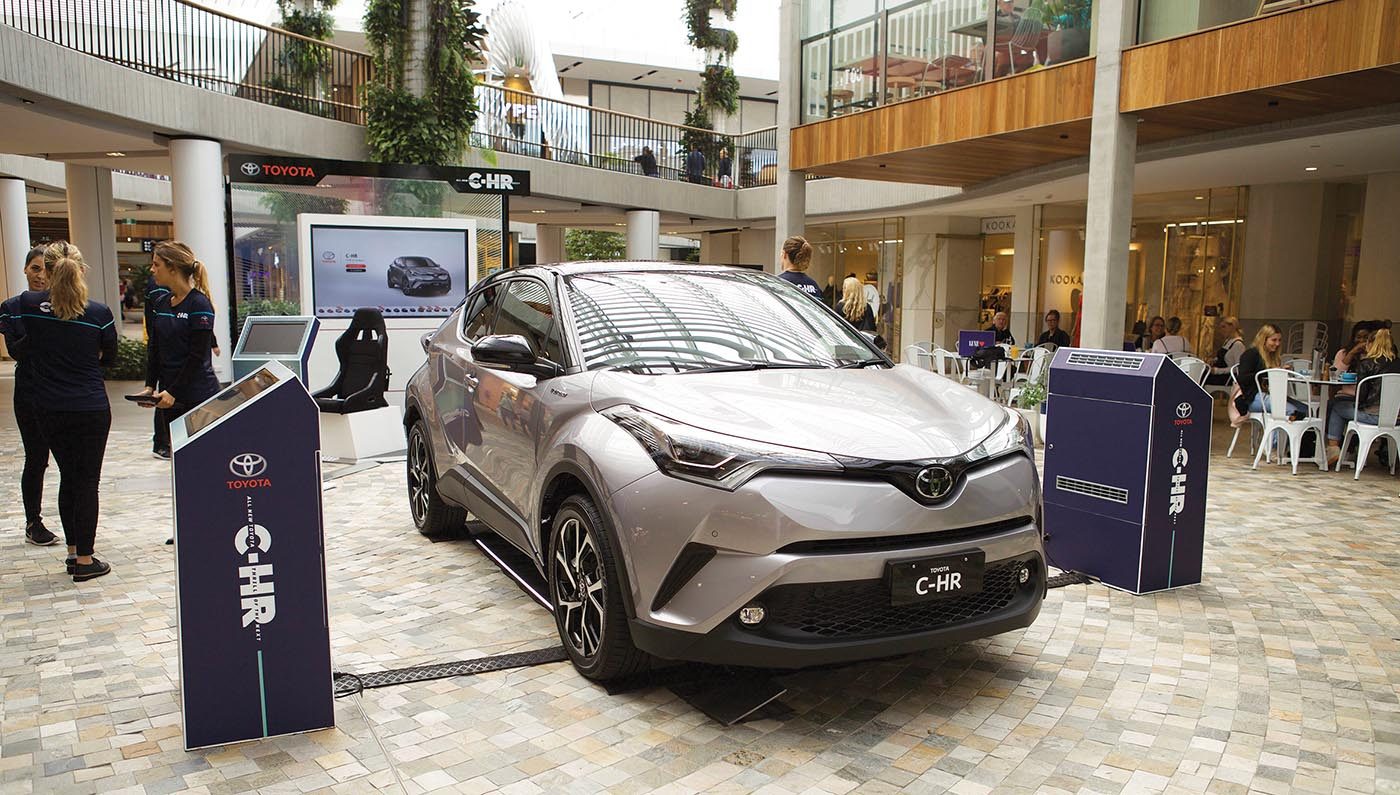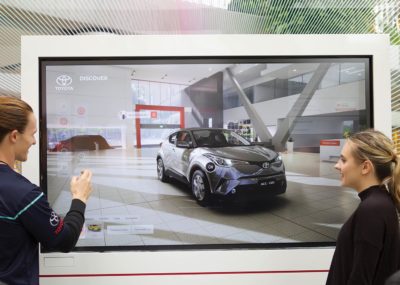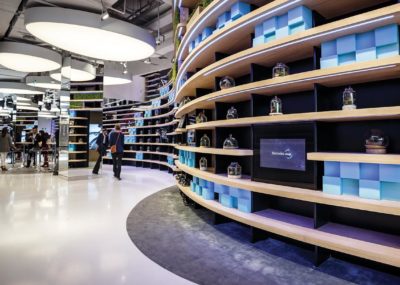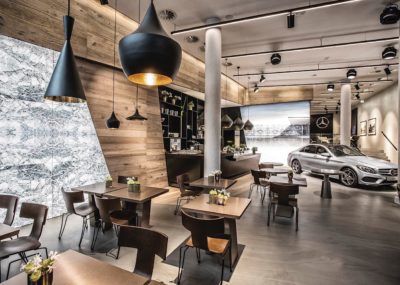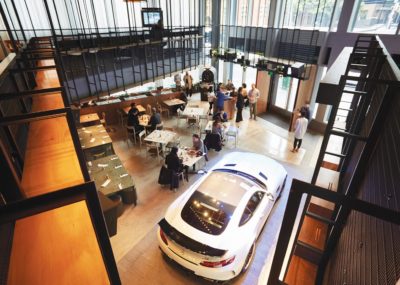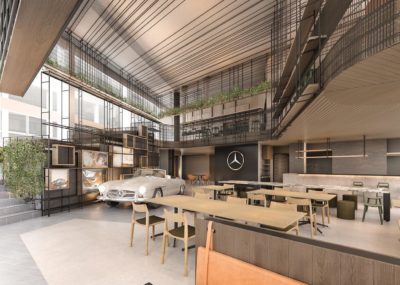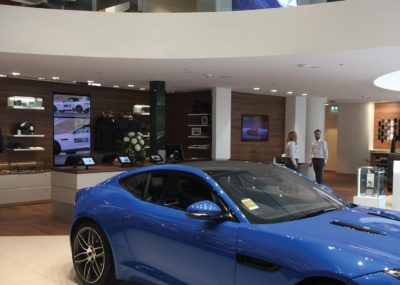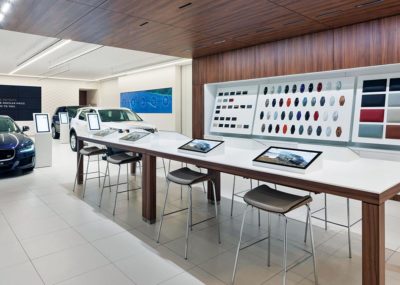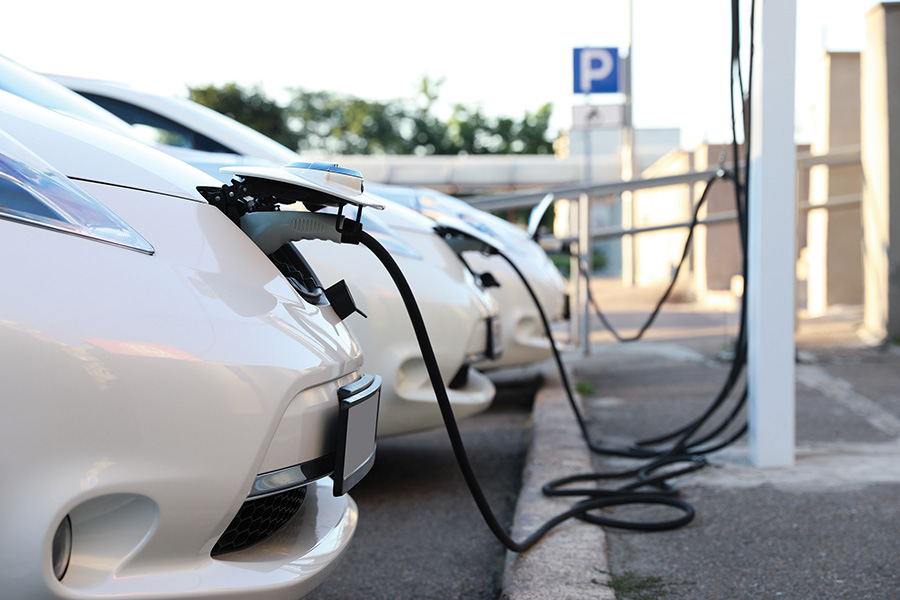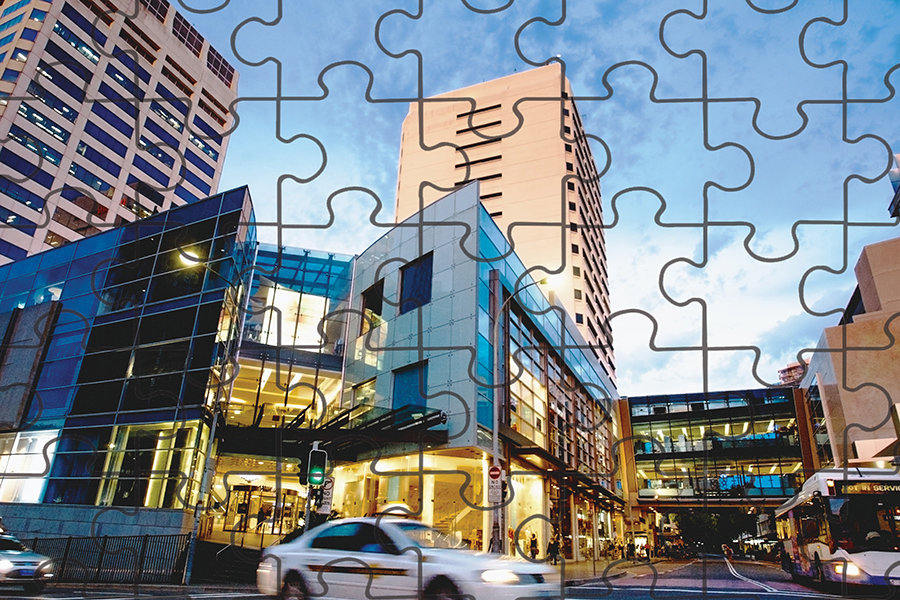There’s been so much talk about the contest between digital and bricks-and-mortar sales that it’s almost passé! But it isn’t. The fact is it’s not a contest but a challenge to come together; one needs the other. In this article Kelvin Taylor looks at new ways of selling cars, and there are real lessons for us here.
Australia has mass-produced cars for decades, but that has all ended this year with the closure of Toyota’s Altona manufacturing facility on October 4, and the closure of Holden’s Adelaide plant on October 20 – a watershed moment with a combined 3,500 workers made redundant. Ford shut its manufacturing in 2016, as did Mitsubishi well over a decade ago in 2004.
As technology disrupts many traditional industries and causes unprecedented workplace change, not only does the future of work, but the future of product distribution, sales channels and customer-focused marketing, come into the spotlight. Carmakers need to respond to changing fortunes and customer sentiment, as well as market trends and digital marketing channels.
Welcome to the revolution of the automotive industry
Car sales trends tell us that more premium auto brands are being sold than the traditional ‘Aussie family car’. Last year, more Mercedes C-class vehicles were sold than Ford Falcons and Toyota Aurions combined. There is significant agitation in the sector, and the pathways to the customer are being challenged. Companies need to respond to market challenges and create a ‘blue ocean’ where value and innovation are key drivers. In a generic sense, instead of customers going out to find products in a traditional setting, the product is now reaching out across multiple channels to its customers. No more valid is this idea than in the realm of the auto industry.
In my very first article for SCN back in 2016, I commented on the notion of digital disruption and shrinkage of traditional retail footprints. Tesla Automotive has a ‘dealer-free’ sales model and boutique retail shopfronts heavily promoting the brand’s ‘tech image’. A typical Tesla store only has one car on display and augments this with samples, video content and a small ‘design centre’ for customers to specify their own unique Tesla expression.
- Toyota’s pop-up activation
- Toyota’s pop-up activation
To challenge convention, and pursue innovation and value, Toyota embarked on what it has called its ‘Showroom 360’ campaign, with a revolutionary virtual reality and computer-generated sales tool. Between June and August of this year, Toyota took the campaign on the road via a series of pop-up activations across the country that featured in high-profile shopping centres such as Vicinity’s Chadstone and Westfield’s Carindale, Marion and Carousel centres.
Think about selling cars for a minute. Today’s traditional showrooms face new challenges. Brad Cramb, Chief Marketing Officer at Toyota says:
“The retail environment has been totally disrupted by digital, and the most important thing is personalisation. People expect that these days. Being able to do mass personalisation, on scale…that’s the challenge.”
Toyota has an astounding 78,000+ vehicle combinations. It’s not possible to show a customer every available choice, let alone personalised versions using old sales conventions. Working with VR and CG content experiential company Rotor Studios in Sydney, Toyota has developed the Showroom 360 mixed augmented reality and virtual reality product activation campaign. The solution is inventive and, most importantly, portable.
First produced for rollout across traditional Toyota dealerships, the award-winning Showroom 360 campaign featured the creation of photo-realistic computer-generated vehicles and software applications that allow customers to configure cars in real time. Any vehicle, grade, engine, colour, trim, accessories and marketing content can be modelled via an immersive customer experience. Toyota has used Showroom 360 to marry the online experience to the in-store experience. Toyota has seen a direct correlation between customers using and experiencing Showroom 360 and an increase in customer satisfaction.
Bringing the showroom to the customer via a travelling roadshow in dozens of shopping centres across Australia gave Toyota unrivalled access to a new audience that previously may have been hesitant to step into a traditional auto showroom. “The campaign has seen an emotional connection between the product and the customer that was never previously available,” states Cramb at Toyota.
- Mercedes me’ stores offers touchscreen displays that allow customers to research products and services on offer
- Mercedes me’ stores offers touchscreen displays that allow customers to research products and services on offer
- The ‘Mercedes me’ Melbourne store, opened November 3
- The ‘Mercedes me’ Melbourne store, opened November 3
Luxury brand Mercedes-Benz has been a leader in business and retail transformation through the rollout of its ‘Mercedes me’ retail stores. First trialled in 2014 in the German city of Hamburg, the ‘Mercedes me’ store format follows a retail model made popular by Apple offering touchscreen displays that allow customers to research products and services on offer. When the shopping is done, there is a restaurant lounge and exhibition area for arts exhibits, readings or concerts. What the store format provides is a convincing and lasting brand experience.
Mercedes me Melbourne opened on November 3 at the newly developed foot of the Rialto Towers, the seventh city worldwide to receive the concept store. By day the space will operate as a cafe with digital touch points, a special vehicle, brand specialists, modern menus and innovative event concepts all focused on attracting a younger demographic. This is certainly not the old-school automotive world as we know it. Gone is the selling pressure synonymous with the traditional dealership model.
The goal of the Mercedes me stores is to enable people to experience the Mercedes-Benz brand in a casual and relaxed setting. The space is not a merchandise store or a dealership but an entirely new experience.
- Jaguar Land Rover, Westfield Bondi Junction
- Jaguar Land Rover store London
Similarly, Jaguar Land Rover has recently opened Australia’s first retail experience store at Westfield Bondi after a successful launch at Westfield Stratford, UK in October 2016. Jaguar Land Rover, having developed a digital purchasing process in partnership with Rockar, has turned the car-buying experience on its head. The new service has been developed in response to changing demands from its customers. The JLR store staff are called ‘Angels’ who are described as ‘non-selling product experts’ who have a focus on providing a positive customer experience, rather than selling. Customers gather all the information they need at their own pace and may choose to complete a purchase on the Rockar website either in-store or at home, at a time that is convenient with the customer. No sales pressure, no hurry. Customers in today’s digital age are looking for easier and less stressful ways to buy a car, more aligned to how they shop for clothes or other luxury products.
The challenge for the traditional Aussie carmakers such as Holden, Ford, Toyota and Mitsubishi, who no longer manufacture vehicles in Australia, is to position their brands to not only engender customer advocacy, but to transform the car-buying experience. The luxury carmakers have a powerful and emotive brand story to tell. With mass Australian vehicle production now ceased, the story of designing and developing the Aussie family car, as well as the retail experience, takes on a new paradigm.
A key focus is managing trust through the customer lifecycle, maintaining brand loyalty, and embracing change through innovative new store formats and touch points. A rethink of the retail model is central to the transformation of the automotive industry that we are now experiencing. Car brands are seen as more than an automotive product but rather as a lifestyle choice. A new automotive retail agenda is stimulating change across the sector. A seamless customer experience is vital, where automotive retailers provide a consistent brand message and customer experience throughout stationary, mobile and virtual sales and communication channels.
Former Apple retail executive George Blankenship who has presided over Tesla’s retail stores has been a pioneer of reinventing the car buying experience by making sure people leave the store with a smile.
“We’re not selling you anything,” Blankenship says, “We want you to feel different when you leave the store. The goal is to engage you in a way that you’ve never experienced in any other store.”
The retail experience at Mercedes me or JLR provides a valuable lesson for anyone who wants to elevate the customer experience. Rather than trying to figure out how they are going to sell something to somebody, the focus is on how you want your customers to feel.


